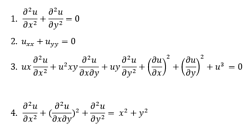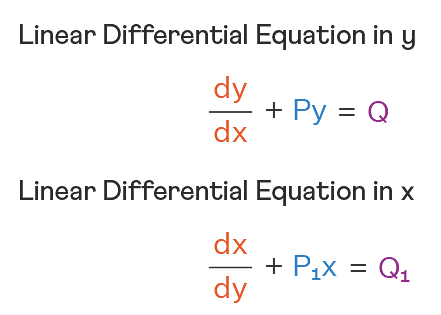A curved in a level road has a radius 75 m. The maximum speed of a car turning this curved road can be 30 m/s without skidding. If radius of curved road is changed to 48 m and the coefficient of friction between the tyres and the road remains same, then maximum allowed speed would be ______ m/s.
Correct Answer: 24
Solution and Explanation
Top Questions on Escape Speed
- An object is kept at rest at a distance of 3R above the earth’s surface where $ R $ is earth’s radius. The minimum speed with which it must be projected so that it does not return to earth is: (Assume $ M $ = mass of earth, $ G $ = Universal gravitational constant)
- JEE Main - 2025
- Physics
- Escape Speed
- The escape velocity from the surface of a planet is 11.2 km/s. If the radius of the planet is doubled but the mass remains the same, what will be the new escape velocity?
- BITSAT - 2025
- Physics
- Escape Speed
- The mass of the moon is 1/144 times the mass of a planet and its diameter 1/16 times the diameter of a planet. If the escape velocity on the planet is v, the escape velocity on the moon will be:
- JEE Main - 2024
- Physics
- Escape Speed
- To project a body of mass \( m \) from Earth's surface to infinity, the required kinetic energy is (assume, the radius of Earth is \( R_E \), \( g \) = acceleration due to gravity on the surface of Earth):
- JEE Main - 2024
- Physics
- Escape Speed
- A satellite is revolving around the earth in a circular orbit with kinetic energy of $1.69 \times 10^{10}$ J. The additional kinetic energy required for just escaping into the outer space is
- COMEDK UGET - 2024
- Physics
- Escape Speed
Questions Asked in JEE Main exam
Designate whether each of the following compounds is aromatic or not aromatic.

- JEE Main - 2025
- Aromaticity & chemistry of aromatic compounds
- In the Claisen-Schmidt reaction to prepare dibenzalacetone from 5.3 g benzaldehyde, a total of 3.51 g of product was obtained. The percentage yield in this reaction was _____.
- JEE Main - 2025
- Reaction Mechanisms & Synthesis
- Consider a completely full cylindrical water tank of height 1.6 m and cross-sectional area 0.5 $ m^2 $. It has a small hole in its side at a height 90 cm from the bottom. Assume, the cross-sectional area of the hole to be negligibly small as compared to that of the water tank. If a load 50 kg is applied at the top surface of the water in the tank then the velocity of the water coming out at the instant when the hole is opened is : (g = 10 $ m/s^2 $)
- JEE Main - 2025
- Fluid Mechanics
- If \[ \int_{-\frac{\pi}{2}}^{\frac{\pi}{2}} \frac{96x^2 \cos^2 x}{1 + e^x} dx = \pi(a\pi^2 + \beta), \quad a, \beta \in \mathbb{Z}, \] then \( (a + \beta)^2 \) equals:
- JEE Main - 2025
- Integration
- The value of \( (\sin 70^\circ)(\cot 10^\circ \cot 70^\circ - 1) \) is:
- JEE Main - 2025
- Trigonometric Identities
Concepts Used:
Types of Differential Equations
There are various types of Differential Equation, such as:
Ordinary Differential Equations:
Ordinary Differential Equations is an equation that indicates the relation of having one independent variable x, and one dependent variable y, along with some of its other derivatives.
\(F(\frac{dy}{dt},y,t) = 0\)
Partial Differential Equations:
A partial differential equation is a type, in which the equation carries many unknown variables with their partial derivatives.

Linear Differential Equations:
It is the linear polynomial equation in which derivatives of different variables exist. Linear Partial Differential Equation derivatives are partial and function is dependent on the variable.

Homogeneous Differential Equations:
When the degree of f(x,y) and g(x,y) is the same, it is known to be a homogeneous differential equation.
\(\frac{dy}{dx} = \frac{a_1x + b_1y + c_1}{a_2x + b_2y + c_2}\)
Read More: Differential Equations